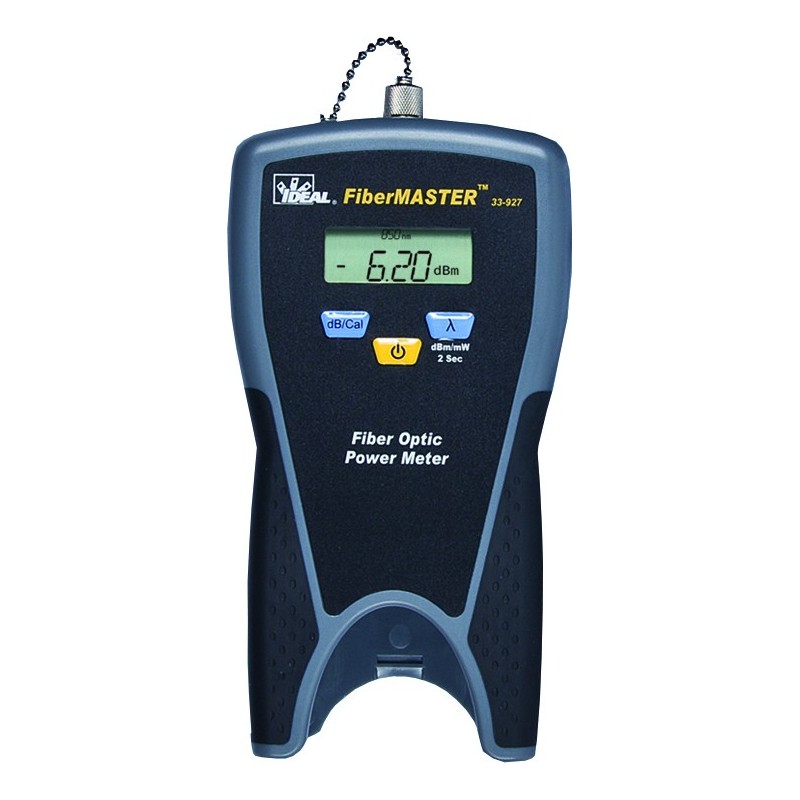All You Need to Learn About Robotic Vision and Its Applications in Advanced Optical Dimension Solutions
Robotic vision represents a substantial innovation in the crossway of computer vision, man-made knowledge, and machine understanding. This innovation improves the accuracy of optical measurement systems, enabling real-time information evaluation and improved high quality control. Its influence extends multiple markets, from making to medical care. However, the advancing landscape of robot vision increases inquiries concerning future capacities and applications (robotic vision). What advancements exist ahead in this transformative area?
Recognizing Robotic Vision: Secret Concepts and Technologies
Robotic vision encompasses the technologies and techniques that allow devices to analyze and comprehend visual details from their setting. This area integrates components of computer vision, man-made knowledge, and equipment learning to facilitate computerized decision-making based on visual data. Secret ideas include picture handling, which entails the improvement and analysis of images to remove purposeful functions, and item acknowledgment, which enables devices to identify and categorize things within a scene.

The Combination of Robotic Vision With Optical Dimension Solutions
As industries significantly demand precision and performance, the assimilation of robot vision with optical measurement systems has actually become a transformative approach. This harmony permits robots to regard and translate their environments, improving the ability of optical dimension systems to assess and evaluate items with unmatched precision. By equipping optical sensing units with sophisticated imaging modern technologies, robotic vision enables real-time data collection and processing, helping with prompt modifications to measurement parameters.
In addition, the combination equips automated systems to find variants in dimensions, surface area quality, and placement, which are essential in quality control processes. Boosted formulas, such as artificial intelligence, further enhance this assimilation by enhancing the systems' capability to adapt to various atmospheres and circumstances. The integration not only streamlines measurement processes yet likewise decreases errors, making sure that products fulfill rigorous industry criteria, therefore strengthening the role of robotic vision in the future of optical measurement systems.
Applications of Robotic Vision in Manufacturing
In modern-day manufacturing environments, using vision systems has revolutionized production processes by enabling machines to do jobs with amazing accuracy and speed. Robotic vision systems are increasingly used for top quality control, where they check products for flaws and guarantee adherence to specs. These systems make use of video cameras and advanced formulas to examine items in real-time, considerably reducing the threat of human error.
Furthermore, robotic vision helps with automation in setting up lines, permitting robotics to properly determine elements and construct them with very little downtime. This technology also enhances supply monitoring, as vision systems can check supply levels and discover discrepancies, ensuring a smooth supply chain.
Robotic vision aids in the execution of clever factories, where data from vision systems can be integrated with other modern technologies to maximize process (fibre testing equipment). In general, the applications of robot vision in making demonstrate its crucial duty in boosting effectiveness, quality, and productivity across various markets
Robotic Vision in Healthcare: Changing Person Care

In rehab, robotic vision help in keeping an eye on individual progress and customizing therapy sessions to private needs. It supports clinical specialists by automating jobs such as information collection and individual monitoring, permitting for even more time to concentrate on direct patient communication. Additionally, robot vision improves telemedicine by making it possible for remote diagnosis and digital examinations, linking the gap between site clients and doctor. Generally, the application of robot vision in healthcare is changing patient treatment, resulting in enhanced outcomes, performance, and client contentment.
Future Fads and Advancements in Robotic Vision Modern Technology
The rapid advancement of robotic vision technology promises to additionally improve its applications throughout different sectors, including health care. Future trends suggest a considerable shift check that towards integrating artificial knowledge and maker understanding, allowing systems to gain from huge datasets and boost accuracy in time. Improved sensor innovations and deep discovering algorithms are expected to fine-tune item acknowledgment capacities, permitting robots to analyze complex settings better.

Moreover, the combination of augmented fact (AR) with robot vision will likely change exactly how robotics aid in operations and diagnostics. This synergy will certainly facilitate real-time information visualization, improving decision-making procedures. In addition, miniaturization of parts will bring about more small and functional robot vision systems ideal for a range of jobs. As these improvements unravel, markets will certainly witness boosted automation and efficiency, solidifying robotic vision as a cornerstone of innovative technological services.
Often Asked Concerns
What Are the Key Parts of a Robotic Vision System?
The major parts of a robotic vision system consist of cameras for picture capture, cpus for data evaluation, formulas for interpretation, and actuators for activity. With each other, these components enable robotics to view and engage with their atmosphere properly.
Exactly How Does Robotic Vision Improve Precision in Measurements?
Robotic vision boosts dimension precision by making use of sophisticated imaging modern technologies, allowing exact things discovery and spatial analysis. This capacity minimizes human mistake, boosts repeatability, and allows for real-time adjustments, eventually enhancing overall measurement integrity and efficiency.
What Industries Benefit Most From Robotic Vision Technology?
Different sectors profit greatly from robot vision modern technology, including manufacturing, health care, agriculture, and logistics. These fields use go to this web-site improved accuracy, effectiveness, and automation, bring about improved productivity and reduced operational expenses in their particular processes.
Can Robotic Vision Solutions Work in Low-Light Issues?
Robotic vision systems can undoubtedly work in low-light conditions, utilizing sophisticated sensors and algorithms to boost image quality. This capacity enables them to perform successfully in various settings, consisting of commercial and security applications, despite very little illumination.
What Are the Costs Linked With Carrying Out Robotic Vision?
The prices connected with carrying out robot vision differ considerably, affected by components such as video cameras, software program, and integration. Added expenditures include upkeep, training personnel, and prospective upgrades to existing systems, which can gather gradually.